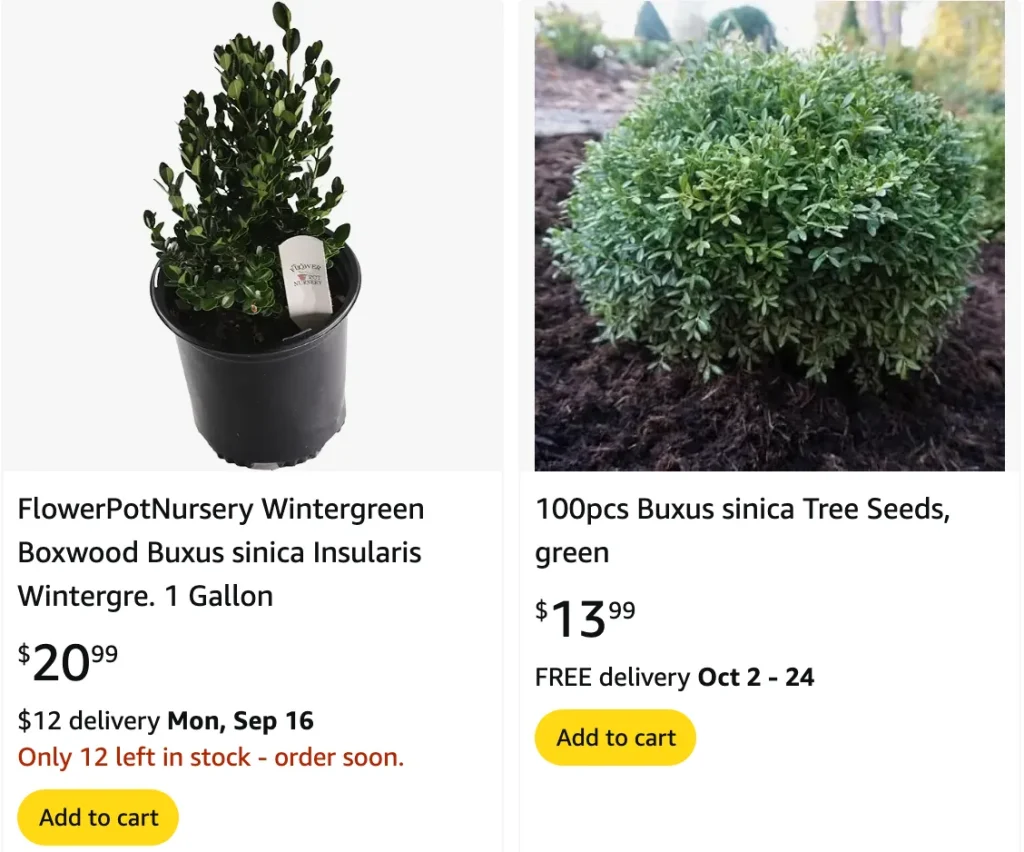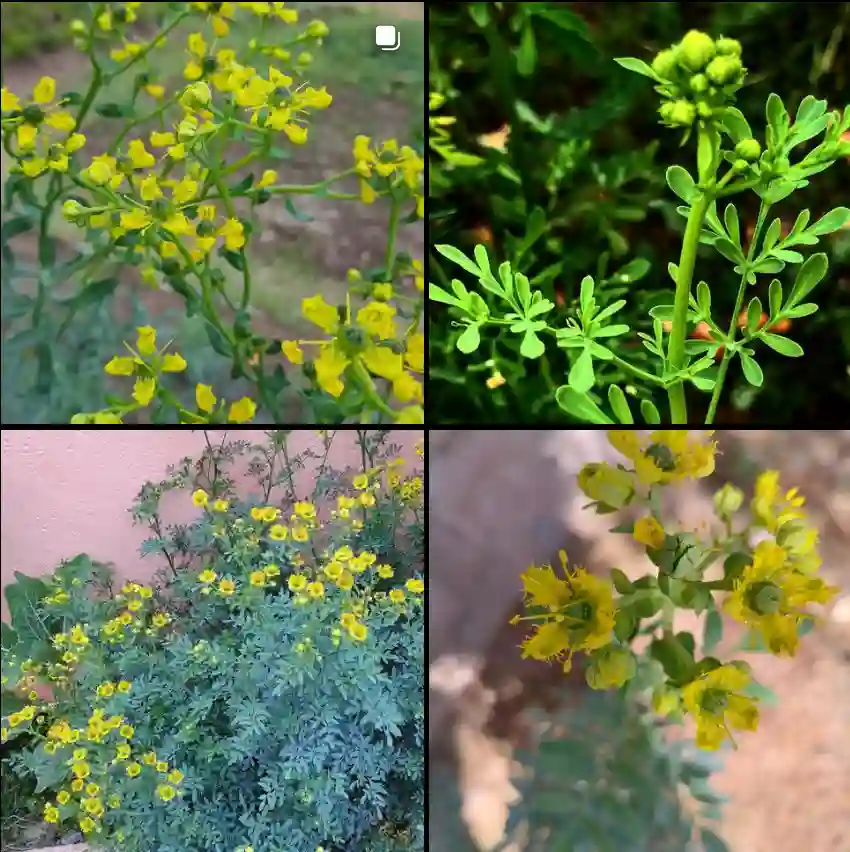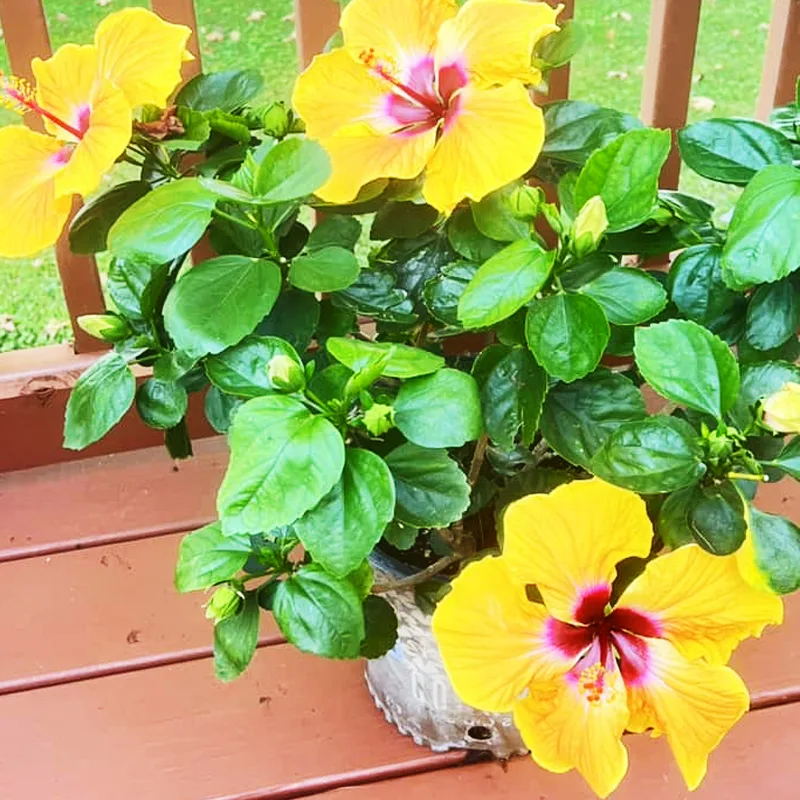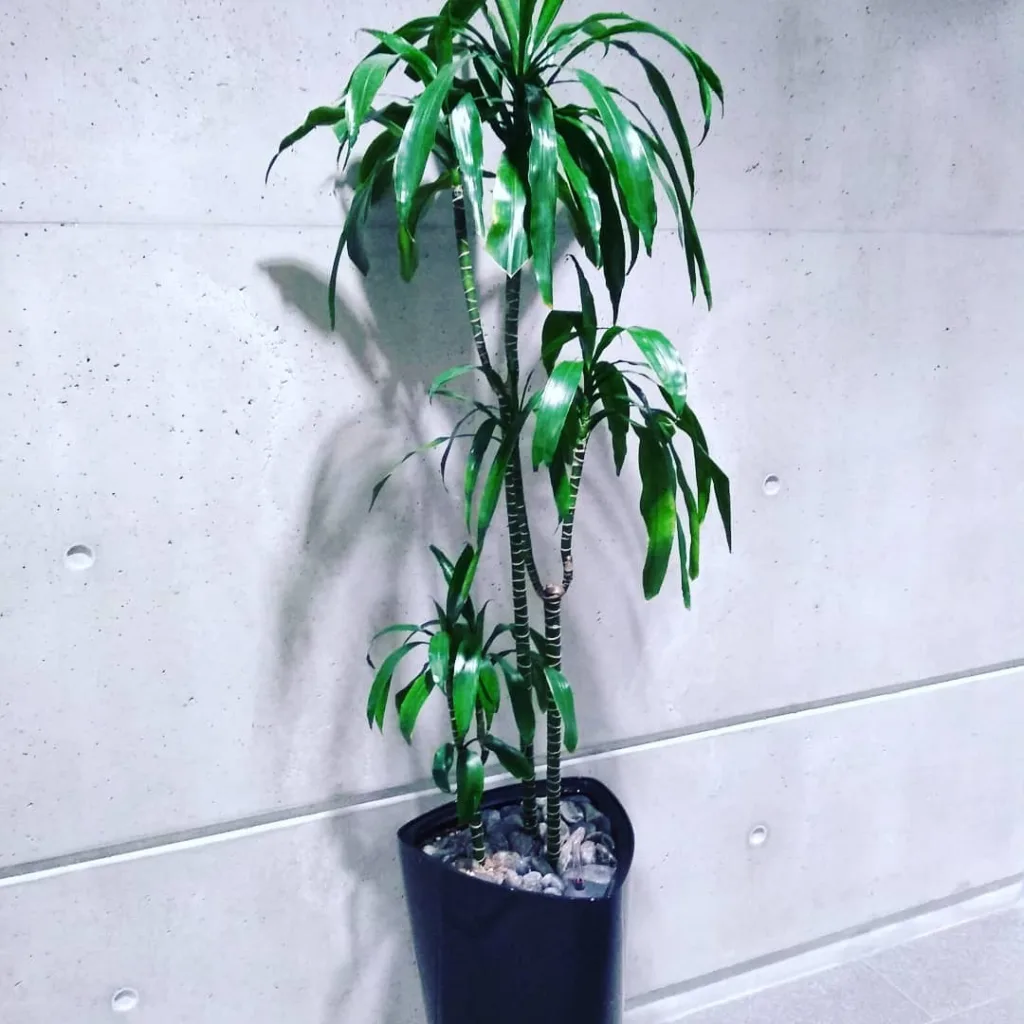
FAQs About Buxus Sinica
When exploring the world of Boxwood shrubs, Buxus Sinica often comes up. This evergreen plant is a staple in many gardens due to its versatility and attractiveness. Having worked with Buxus Sinica in various garden settings, I’ve encountered several frequently asked questions that I’d like to address.
101 Species in Genus Buxus
What Is Buxus Sinica?
Buxus Sinica, commonly known as the Chinese Boxwood, is a species of boxwood native to China. It’s known for its dense, evergreen foliage and its ability to be shaped into formal hedges or topiaries. Unlike some other boxwood varieties, it has a more rounded leaf shape and is generally more tolerant of varying soil conditions.
How Does Buxus Sinica Compare to Buxus Microphylla?
When comparing Buxus Sinica vs Microphylla, it’s important to note their differences. Buxus Microphylla, or the Japanese Boxwood, is smaller and has a finer texture than Buxus Sinica. The leaves of Buxus Microphylla are generally more rounded and smaller, which gives it a finer, more delicate appearance compared to the broader leaves of Buxus Sinica. Additionally, Buxus Sinica tends to be more tolerant of different soil types and is slightly more resistant to pests and diseases.
How to Care for Buxus Sinica?
Caring for Buxus Sinica involves a few key practices. This plant prefers well-drained soil and can tolerate a range of soil pH, from acidic to alkaline. Regular watering is important, especially during dry periods, but avoid waterlogging. Pruning is essential to maintain its shape and promote dense growth. It’s best to trim in late spring or early summer to avoid stressing the plant. Additionally, applying a balanced fertilizer once a year can help it stay lush and healthy.
How to Propagate Buxus Sinica?
Propagating Buxus Sinica is typically done through cuttings. Take semi-hardwood cuttings in late summer or early autumn. Use a rooting hormone to increase the chances of successful rooting and plant the cuttings in a well-draining mix. Keep them moist and in a shaded area until roots develop. Once they’re established, they can be transplanted into their permanent location.
What to Plant with Buxus Sinica?
Buxus Sinica pairs well with a variety of plants. Its dense foliage makes it an excellent backdrop for flowering shrubs and perennials. Consider planting it with ornamental grasses, like Carex or Festuca, which provide a contrasting texture. Additionally, it complements flowering plants such as Roses and Hydrangeas, adding a touch of green to their colorful displays.
Can You Grow Buxus Sinica Indoors?
While Buxus Sinica is primarily an outdoor plant, it can be grown indoors if provided with the right conditions. Ensure it receives ample indirect light and maintain a consistent moisture level. Indoor environments may require additional humidity to mimic its natural habitat. However, indoor growth may not be as vigorous as outdoor growth, and it might need more frequent pruning.
Is Buxus Sinica Toxic?
Buxus Sinica is mildly toxic if ingested. All parts of the plant, including leaves and stems, contain compounds that can cause gastrointestinal upset in humans and animals. It’s advisable to keep the plant out of reach of pets and young children. If ingested in large quantities, seek medical attention.
Benefits of Buxus Sinica
Buxus Sinica offers several benefits in landscaping. Its dense foliage makes it ideal for privacy screens and formal hedges. It’s also adaptable to various soil types and can tolerate shade, making it a versatile choice for many garden settings. Additionally, its evergreen nature ensures that it provides year-round greenery.
Common Problems with Buxus Sinica
Despite its resilience, Buxus Sinica can face some issues. One common problem is boxwood blight, a fungal disease that causes leaf drop and can be fatal. To prevent this, ensure good air circulation and avoid overhead watering. Another issue is pest infestations, such as boxwood mites and scale insects. Regular inspections and appropriate treatments can manage these pests effectively.
Compare Buxus Sinica with Other Boxwoods
When comparing Buxus Sinica with other boxwood varieties, such as Buxus Sempervirens (Common Boxwood), the differences become apparent. Buxus Sinica generally has a more rounded leaf and a greater tolerance for different soil conditions, while Buxus Sempervirens is known for its traditional use in hedging and topiary. Additionally, Buxus Sinica is often more resistant to certain pests and diseases compared to Buxus Sempervirens.
In summary, Buxus Sinica is a versatile and attractive option for gardeners looking to create formal landscapes or lush green spaces. Its adaptability, combined with proper care and maintenance, ensures it remains a popular choice for a variety of garden designs.
If i die, water my plants!



